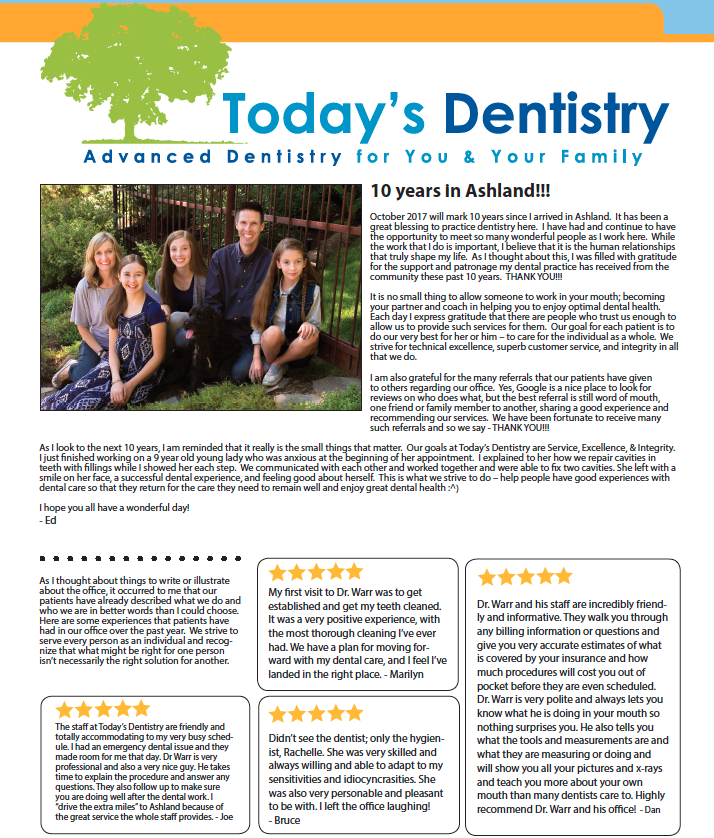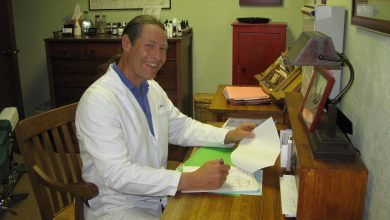Interviews
Shields Bialasik
Hi, I am Shields. I am the creator or LocalsGuide. The mission or my company is to provide a positive media platform for my community which in turn makes it stronger and more resilient. I hope you will enjoy and feel inspired to start your own LocalsGuide in your town or community.
Related Articles
Check Also
Close - Posh Organics – Skincare, Boutique, SpaJanuary 29, 2018






